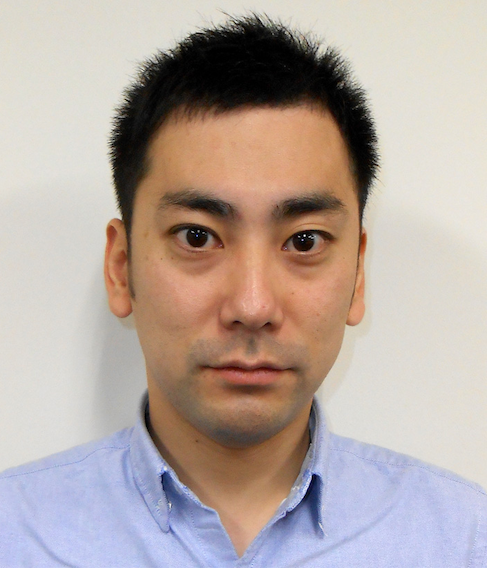Research Center for Next-Generation Drug Development

Staff



Research Projects
It is known that the hypothalamus functions as the center of instinctive behavior (Appetite, Sleep/wakefulness, sexual behavior, etc.). Impaired regulation of these instinctive behaviors at the appropriate time can lead to hypersomnia, eating disorders, and abnormal libido. In addition, mood and judgment that are different from usual when you are hungry or sleep deprived. This fact indicates that the hypothalamus is involved in not only exhibit instinctive behaviors, but also have a great influence on higher brain functions such as motivation, memory, and decision making. Therefore, the elucidation of the mechanisms regulating instinctive behavior leads to the understanding of the principles of human behavior. Our main research target is peptide-containing neurons in the hypothalamus. We are conducting research to clarify, at the molecular, cellular, and whole animal levels, the neural networks that regulate instinctive behavior and their operating principles through multifaceted analysis combining molecular biology, histochemistry, electrophysiology, behavioral pharmacology, and optogenetics and chemogenetics.
Recent publications
- *Ono, D., Wang, H., Hung, J.C., Wang, T.H., Kon, N., Yamanaka, A., Li, Y., and Sugiyama, T. Network-driven intracellular cAMP coordinates circadian rhythm in the suprachiasmatic nucleus. Science Advances 9(1), DOI: 10.1126/sciadv.abq7032, 2023.
- *Ono, D., Mukai, Y., Hung, J.C., Chowdhury, S., Sugiyama, T., and *Yamanaka, A. The mammalian circadian pacemaker regulates wakefulness via CRF neurons in the paraventricular nucleus of the hypothalamus. Science Advances 6:45, 10.1126/sciadv.abd0384, 2020.
- *Ono, D., *Honma, S., Nakajima, Y., Kuroda, S., Enoki, R., and Honma, K.: Dissociation of Per1 and Bmal1 circadian rhythms in the suprachiasmatic nucleus in parallel with behavioral outputs. Proc. Natl. Acad. Sci. U S A. doi: 10.1073/pnas.1613374114, 2017.
- Ono, D., Honma, S., and Honma, K.: Differential roles of AVP and VIP signaling in the postnatal changes of neural networks for coherent circadian rhythms in the SCN. Science Advances 2, e1600960, 2016.
- Ono, D., Honma, S., and Honma, K.: Cryptochromes are critical for the development of coherent circadian rhythms in the mouse suprachiasmatic nucleus. Nature Communications 4:1666 doi: 10.1038/ncomms2670, 2013.
- Yamaguchi, H., Murphy, K., Fukatsu, N., Sato, K., Yamanaka, A., de Lecea, L. (2023).Brain-wide mapping of neuronal architecture controlling torpor. bioRxiv.
- Li, S.-B., Damonte, V. M., Chen, C., Wang, G. X., Kebschull, J. M., Yamaguchi, H., … Others. (2022). Hyperexcitable arousal circuits drive sleep instability during aging. Science, 375(6583), eabh3021.
- Li, S.-B., Borniger, J. C., Yamaguchi, H., Hédou, J., Gaudilliere, B., & de Lecea, L. (2020). Hypothalamic circuitry underlying stress-induced insomnia and peripheral immunosuppression. Science Advances, 6(37), eabc2590.
- Yamaguchi, H., and de Lecea, L. (2019). In vivo cell type-specific CRISPR gene editing for sleep research. Journal of Neuroscience Methods, 316, 99–102.
- Yamaguchi, H., Hopf, F. W., Li, S.-B., and de Lecea, L. (2018). In vivo cell type-specific CRISPR knockdown of dopamine beta hydroxylase reduces locus coeruleus evoked wakefulness. Nature Communications, 9(1), 5211.
